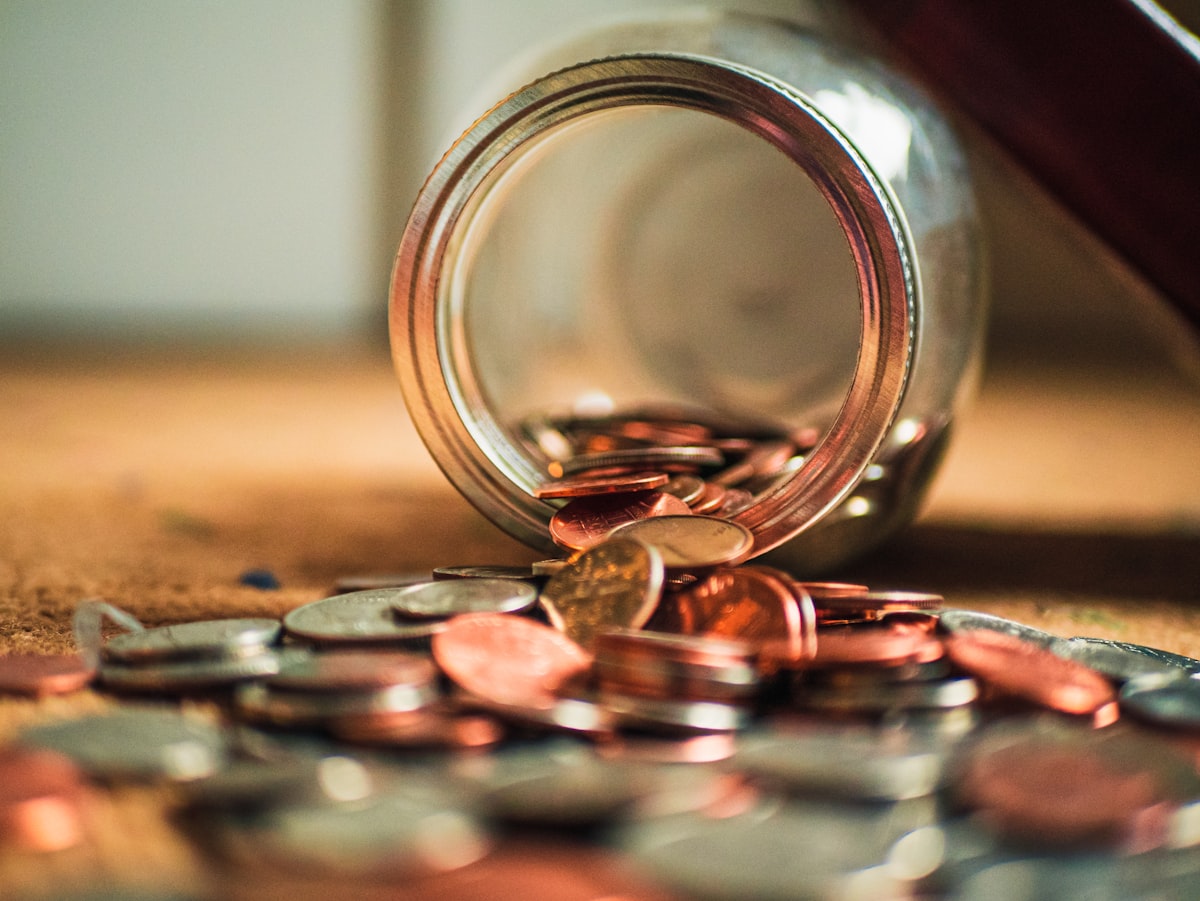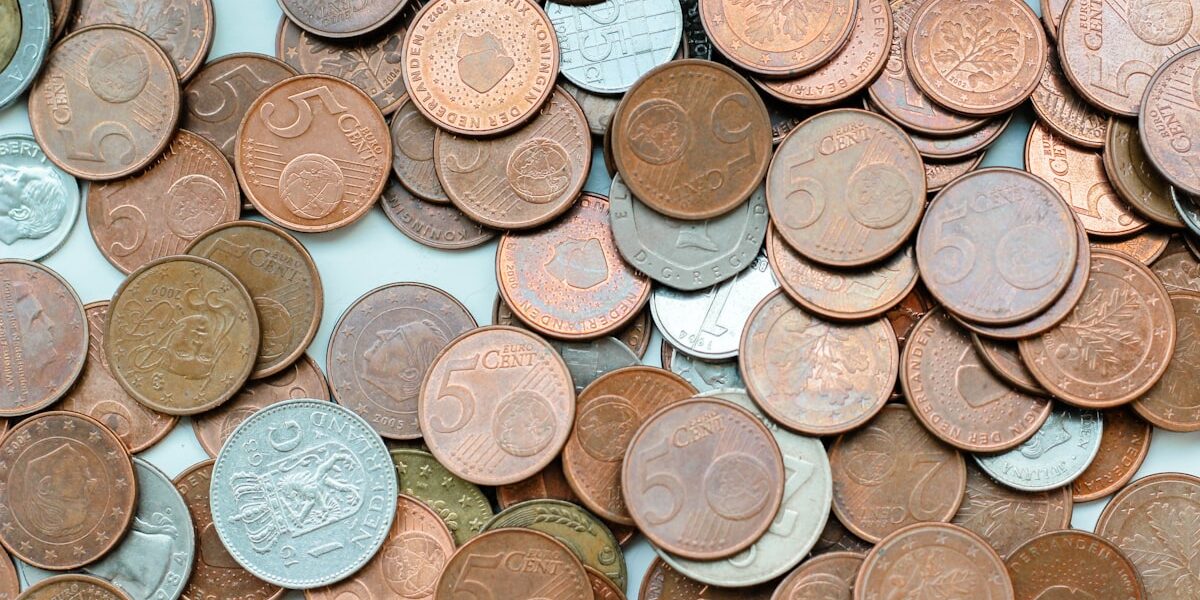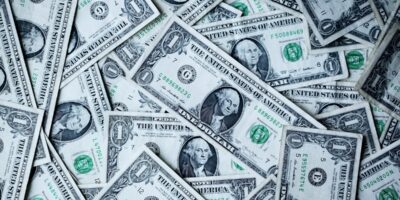The Kennedy Half Dollar: A Brief History

The Kennedy Half Dollar was first minted in 1964, just months after President John F. Kennedy’s assassination. The decision to honor him with a coin was swift, reflecting his popularity and the national mourning felt after his death. This coin replaced the Franklin Half Dollar and featured a design by Gilroy Roberts and Frank Gasparro. The obverse, or front, shows a portrait of Kennedy, while the reverse features the Presidential Seal.
The coin was authorized through an Act of Congress, and minting began at the Philadelphia and Denver Mints. Over 273 million coins were struck in the first year, contributing to its ubiquity in American coinage of the era.
Understanding the Silver Content
It’s important to recognize the changes in metal composition over the years. The first Kennedy Half Dollars struck in 1964 were 90% silver. These coins are particularly sought after by collectors and investors for their high silver content, coupled with their historic significance.
From 1965 to 1970, the Mint reduced the silver content to 40% due to rising silver prices. Coins from this period are less valuable than the 1964 edition, but they still command a premium over their face value. After 1970, Kennedy Half Dollars were made from a copper-nickel clad, which contain no silver, greatly affecting their intrinsic value.
Key Dates and Varieties
Several key dates and varieties make certain Kennedy Half Dollars valuable. Collectors look for specific years, mint marks, and errors that increase a coin’s worth.
- 1964 Proof and SMS (Special Mint Set): In addition to regular strikes, the US Mint produced proof versions in 1964. These boast a high-quality finish and are much desired by collectors. SMS versions are less understood but add intrigue due to their mysterious origins.
- 1970-D: Made only for mint sets, not released into circulation, the 1970-D Kennedy Half Dollar is a challenging piece to locate.
- 1981-S Type I and II: This year produced two varieties of proof coins, known as Type I and Type II. The difference lies in the mintmark’s font, with Type II being rarer.
- Bicentennial (1975-1976): The reverse design was changed to celebrate America’s 200th anniversary. Though minted in large numbers, they’re popular for their historical significance.
- 1998 Matte Finish: Included in a special collector’s set, only a few thousand were produced, making these coins scarce and valuable.
Error Coins and Their Value
Error coins hold a special place in numismatics due to their rarity and the unique nature that makes each piece distinct. Errors on Kennedy Half Dollars add significant value, especially to seasoned collectors.
- Double Die: Misalignment during striking can create doubled images, most noticeable in the lettering. An example is the 1974-D Double Die Obverse, which can fetch high prices.
- Off-Center Strikes: Coins struck off-center are unusual and can command considerable attention. The more extreme the error, the more valuable the coin.
- Clipped Planchet: Coins with missing edges due to improper metal cutting at the Mint can be significant finds for enthusiasts.
Factors Influencing Value
The value of a Kennedy Half Dollar isn’t solely based on its silver content. Several factors play substantial roles in determining a particular coin’s market worth.
Rarity: Coins with limited mintages are naturally harder to find. Rarity often drives collector interest and thus the price.
Condition: Grading plays a crucial role as well. For example, a coin graded MS-65 (Mint State) is far more valuable than one heavily circulated.
Popularity: Certain years and designs attract more attention due to their historical context or beauty, such as the Bicentennial half dollars.
Historic Significance: Special issues or those associated with important events can command premiums. Understanding the historical impact can provide insights into value fluctuations.
Where to Find Kennedy Half Dollars Worth Money
Getting hold of valuable Kennedy Half Dollars requires knowing where and how to look.
You can search through rolls of half dollars purchased from banks. Although most will be common clad coins, you might find pieces with silver content or errors. Visiting coin shows and dealers provides access to a wide range of half dollars. Dealers often have information about rare coins not easily found elsewhere.
Online platforms like eBay or dedicated coin auction sites often have listings for unique or rare coins. These require caution; ensure sellers have good reputations.
Conclusion
Engaging with a community of coin collectors can provide insights into recent finds, valuable coins, and market trends. It’s a community effort and shared interest that amplifies the enjoyment and potential profitability of collecting Kennedy Half Dollars.
Recommended Collecting Supplies
Coin Collection Book Holder Album – $9.99
312 pockets for coins of all sizes.
20x Magnifier Jewelry Loupe – $13.99
Essential tool for examining coins and stamps.
As an Amazon Associate, we earn from qualifying purchases.




Subscribe for Updates
Get the latest articles delivered to your inbox.
We respect your privacy. Unsubscribe anytime.